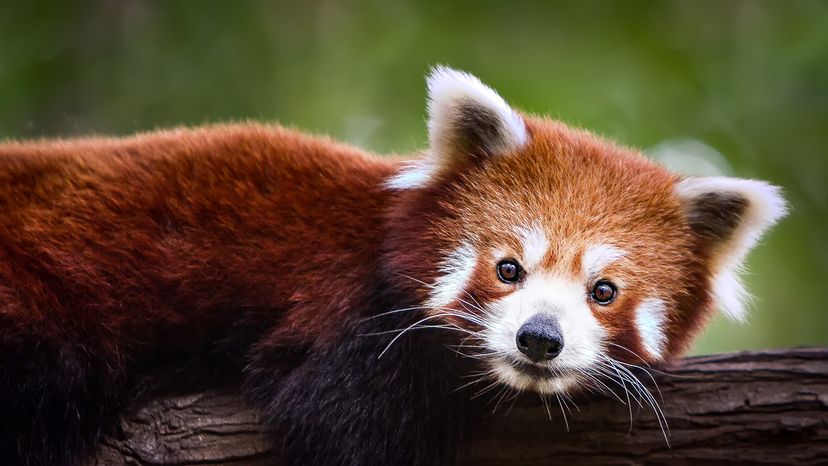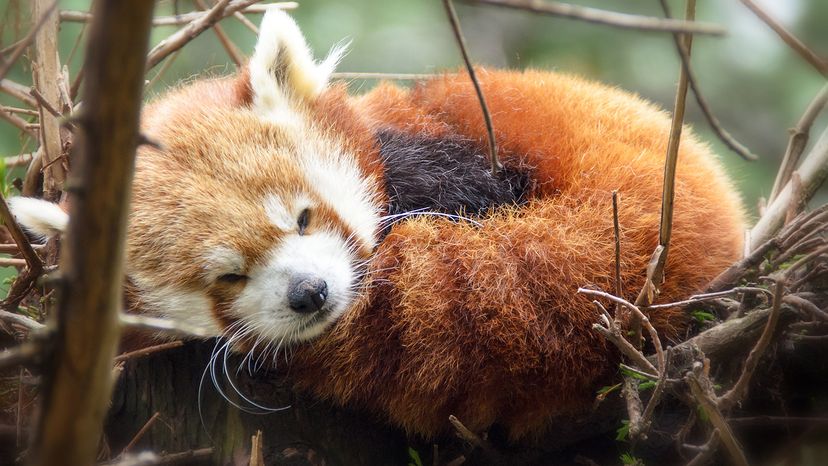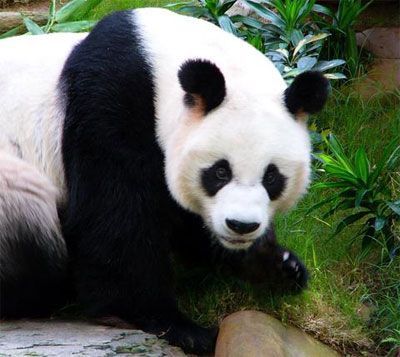
On June 6, 2019 a baby panda was born at the Sacramento Zoo in California. While news of the cub's birth generated some media interest, chances are you didn't read about it in your local newspaper or see it on your news feed. In fact, it seems that people — reporters included — paid more attention to panda Mei Xiang at the Smithsonian's National Zoo in Washington, D.C. when she didn't give birth in 2018.
Why the lack of attention for the Sacramento cub? The answer is simple: The baby was a red panda, not the giant panda so many people swoon over. Never mind that red pandas (Ailurus fulgens) are just as cute. And never mind red pandas are just as endangered. And never, never mind that humans are destroying the habitat of the red panda at an alarming rate. For some reason, there's simply not enough love for these awesome, cuddly looking creatures.
Advertisement
"People think red panda is [a] lesser form of giant panda because of its name," Saroj Shrestha, program coordinator for the Red Panda Network in Nepal says via e-mail. The two pandas are not even related, despite both being called pandas.

